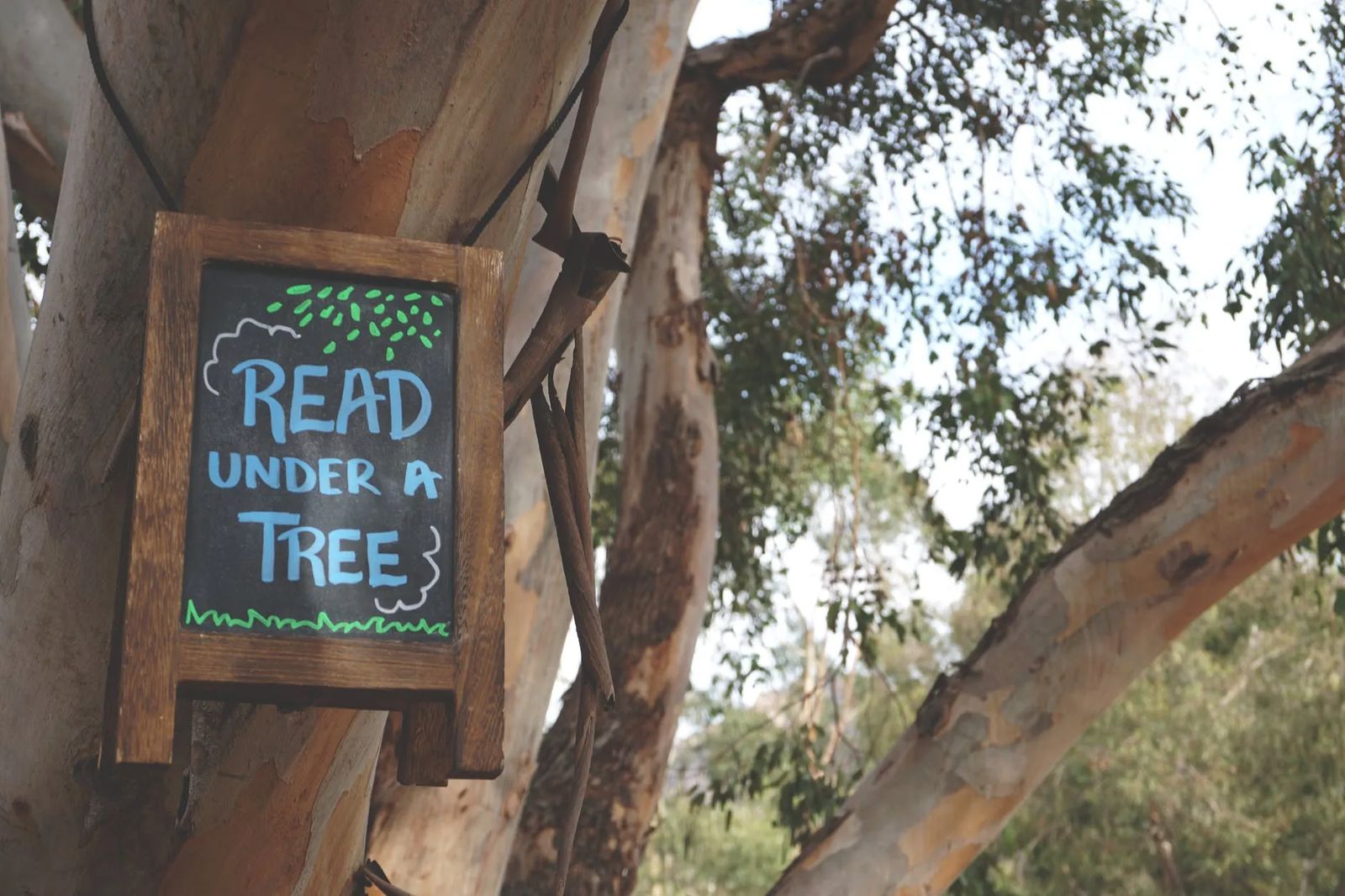
Creative Ways to Avoid the Summer Slump
June 4, 2019
by rebecca stewart | sponsored by Billings Catholic Schools
As summer vacation is just starting to find its footing, maybe you’ve already been thinking about how to balance your kiddo’s summer. Sure, you want them to have plenty of fun and freedom, but they’ve also got to be participating members of the household (summer chores, anyone?) and probably you’d like them not to lose everything they gained this school year. With that last thought weighing on my mind, I started looking for creative ways to avoid the summer slump that would encourage her to work on things without it feeling like, well, work.
For us, on the last day of school, we always do lunch and kick off summer vacation with some summer wardrobe shopping with the cousins. A must-stop along the way is to Barnes & Noble where she picks out a book or two and we decide on a math workbook. It’s important to me that she be invested in our selection, otherwise we’re looking at 3 months of torturing each other. Beyond math, though, we had talked about really working on her writing this summer; something she is not so fond of...at all. (A frustrating twist of fate, if ever there was one).
Beyond sharing our answer to this summer writing conundrum, we’ll be looking at a variety of creative ways to help the kiddos avoid that summer slump.
7 Creative Solutions to Avoiding the Summer Slump
WRITING
1. Just Between Us: Mother & Daughter: A No-Stress, No-Rules Journal
This adorably covered journal creates an open space for communication between mom and daughter. The journal opens with where the original mom and daughter got the idea for their journal, along with some guidelines and tips for getting started. From there, there are a combo package of writing prompts and blank pages.
Talk about two birds with one stone: she gets to work on her writing in a stress-free way and we get to open doors of communication that have been limping through our navigation of this phase of tweendom.
2. Young Author
Brainstorm ideas for their very own book. Encourage them to let all of their creative energies run wild, creating a cover and illustrations to accompany their words. There are, of course, kits and books to help your kiddo get the ball rolling.
3. Journaling
Another unique journaling option is Rip it! Write it! DRAW IT! This book is “240 pages of fun & creative tasks to complete.” It has writing prompts, artistic prompts, and hands-on prompts like “Take your journal on a picnic. Document where you go, all the events, and what you ate. Tape a memento here.” It’s truly brimming with outside-of-the-box creative opportunity.
4. What Happens Next?
There are some books that are just begging the reader to dig a little deeper. For example, read A Fish Out of Water by Helen Palmer together, then ask your child to write another section to the story that explains how Mr. Carp managed to get Otto back to fishbowl size. Seriously, inquiring minds want to know!
Another option is to find a copy of either Fortunately, Unfortunately by Michael Foreman or Fortunately by Remy Charlip to use as a writing prompt. Check out the video below for ideas to get the pencil writing.
MATH
1. Get Cooking
Get the kids in the kitchen this summer and let them work their math skills out through the recipes. Fractions, measurements, conversions, budgeting…Bring it on!
2. Gardening
From littles to middles, use your summer garden to bring math to life.
Bonnie L. Grant, Certified Urban Agriculturist of Gardening Know How, suggests these as math activities in the garden:
- Measuring the garden area and arranging shapes to plan the growing space.
- Basic counting exercises start with counting the number of seeds planted and counting the number that sprout.
- Have your child estimate the number of seeds inside a fruit and vegetable and then count them.
- Use subtraction or fractions to examine the difference between the estimate and actual number.
- Algebra formulas teach math in the garden when used to calculate the correct amount of fertilizer to add to water for the plants.
- Have students calculate the volume of soil needed for a planter box using geometric functions.
Encourage your child to journal about their garden, keeping track of their work and their plants’ progress. Math and writing, double threat.
3. Games
- Cribbage – (addition, skip counting, mental math)
- War – Ideal for littles (identifying/matching numbers)
- Make 10 Go Fish (see video)


